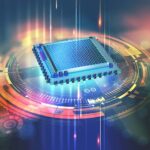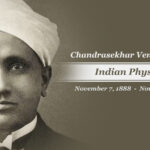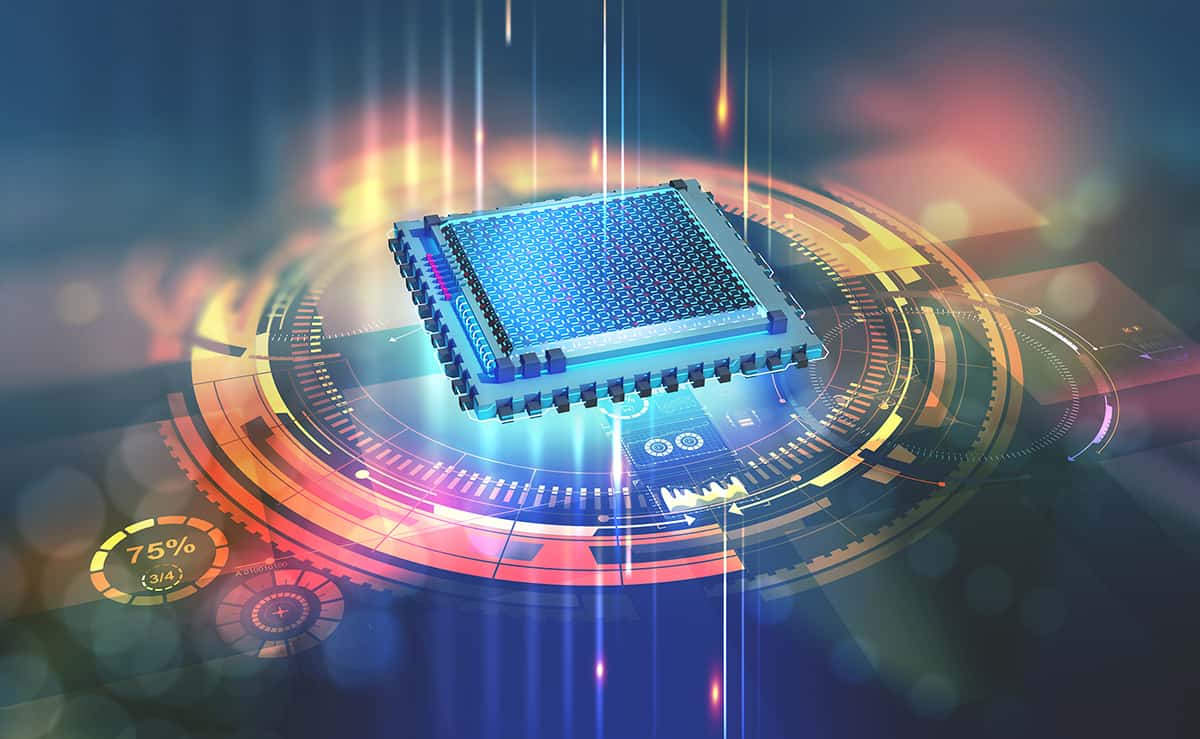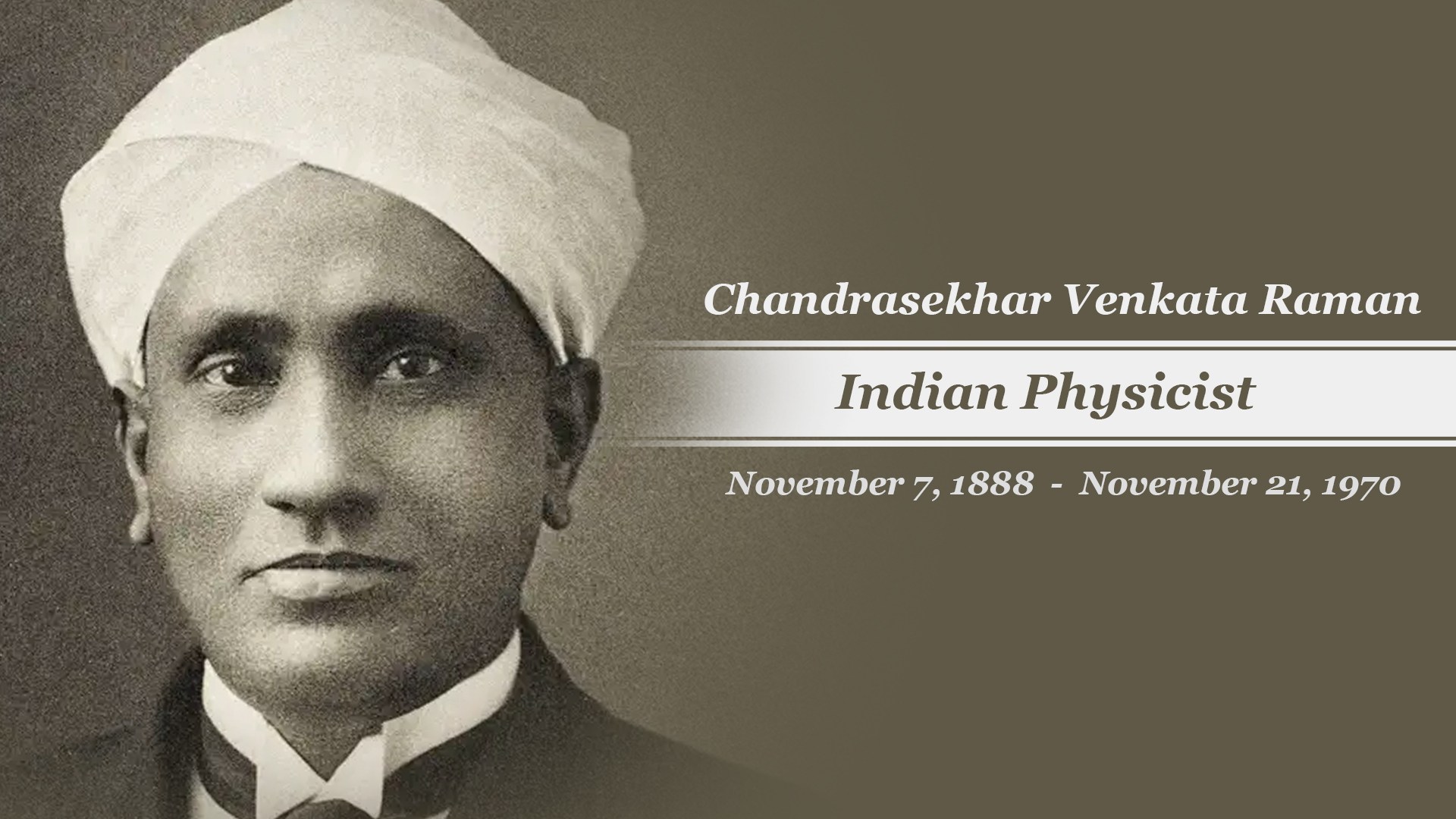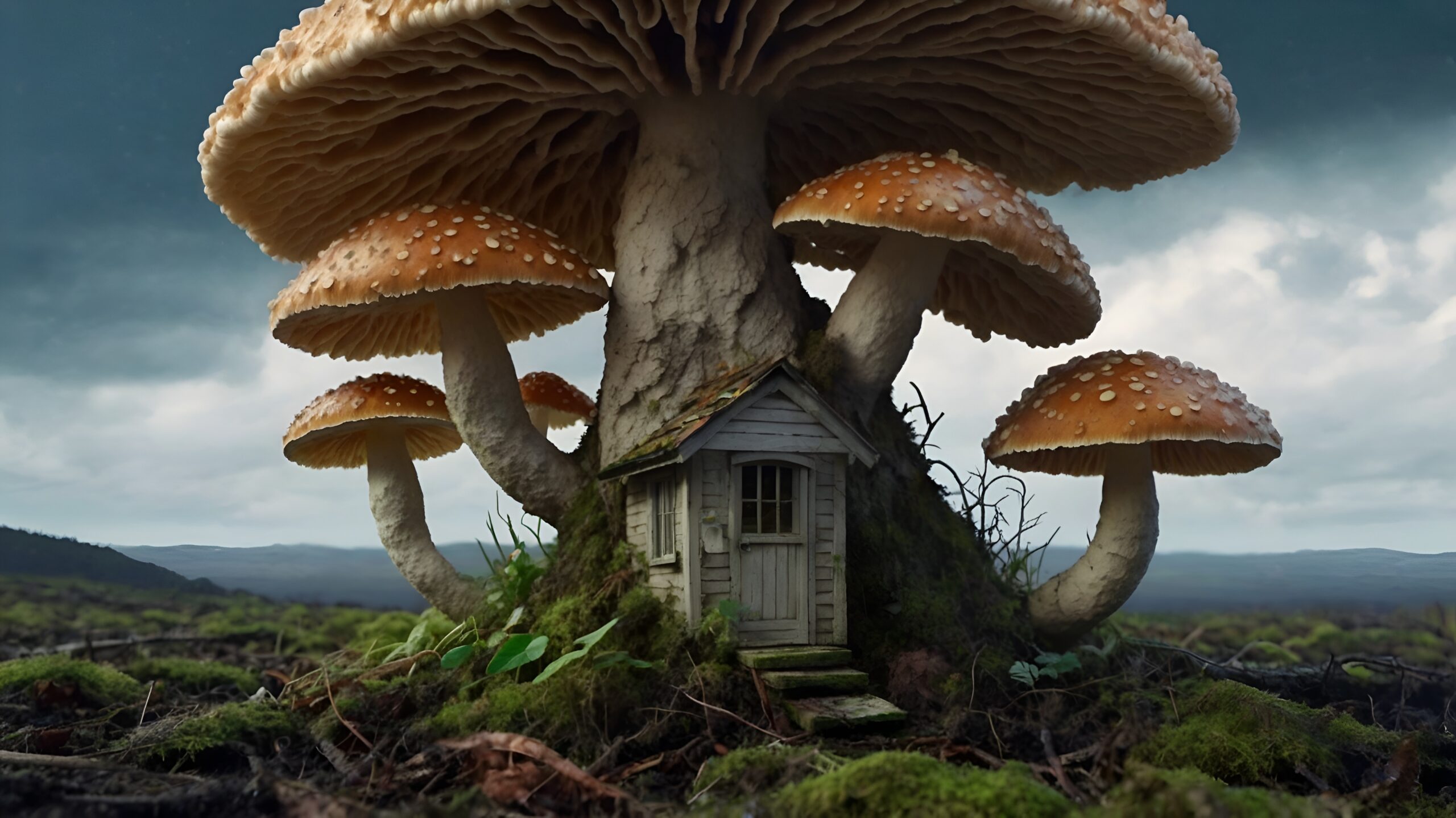Tesla’s name echoes in history, hailed as a genius. Born in 1856 in Smiljan, a small village in modern-day Croatia, Tesla’s mind sparked a revolution in science and technology. His contributions not only transformed the way we live today but also laid the foundation for the modern electrical age. This article explores the incredible life and groundbreaking inventions of Nikola Tesla, the genius who electrified the world.

Early Life: The Seeds of Genius
Nikola Tesla’s journey to becoming one of the most influential inventors began in his early childhood. Tesla’s family, with its strong intellectual background, always encouraged him to explore his curiosity. His father Milutin Tesla was a writer and a priest, while his mother Đuka Tesla (Georgina “Đuka” Mandić), despite having little formal education, was a gifted inventor herself. Tesla inherited her ingenuity and developed an early fascination with the natural world.

Tesla’s education took him to the University of Prague, where he studied electrical engineering. However, his educational path was not without challenges. He was a brilliant student, but his restless mind often led him to question traditional methods of teaching. His unique approach to problem-solving, where he visualised his inventions in intricate detail before creating them, set him apart from others in his field.
The Journey to America: A Dream in the Making
In 1884, Tesla made a bold move to America, seeking the opportunity to bring his ideas to life. He arrived in New York City with little more than a letter of recommendation and a head full of dreams. His chance meeting with Thomas Edison, a prominent inventor at the time, marked the beginning of a rivalry that would define Tesla’s career.
At first, Tesla worked for Edison, helping improve his inventions. However, the two men had conflicting ideas about the future of electricity. Edison championed direct current (DC), a system of electrical power that had limitations, while Tesla believed in alternating current (AC), which he saw as the key to a more efficient and widespread electrical system. Their professional relationship quickly soured, and Tesla struck out on his own to develop his ideas.
The Battle of Currents: Tesla vs. Edison
Tesla’s development of alternating current (AC) was nothing short of revolutionary. AC allowed electricity to travel over long distances, something that Edison’s direct current could not achieve effectively. Tesla’s work caught the attention of industrialist George Westinghouse, who saw the potential in Tesla’s AC system. The two men formed a partnership to bring this groundbreaking technology to the masses.
However, Edison was not ready to let go of his DC system. In a bitter campaign to discredit AC, Edison conducted public demonstrations where he electrocuted animals to show the dangers of alternating current. Despite Edison’s efforts, Tesla’s AC system, proven far superior, ultimately powered the first major electrical grid in the United States, including the lighting of the 1893 World’s Columbian Exposition in Chicago.

This victory was a pivotal moment in history, solidifying Tesla’s place as one of the greatest minds in electrical engineering. It also marked the beginning of his success in the world of invention and innovation.
Innovations that Changed the World
While Tesla is best known for his work on alternating current, his contributions to science and technology were far-reaching. Some of his most important inventions include:
- The Tesla Coil: One of Tesla’s most famous inventions, the Tesla Coil is still used in radio technology and is a key component in the wireless transmission of electricity. Tesla’s vision for wireless energy would later inspire future technologies, such as Wi-Fi and even modern-day cell phones.
- Radio: While Guglielmo Marconi is often credited with the invention of radio, Tesla’s work laid the groundwork for wireless communication. In fact, the U.S. Patent Office recognized Tesla’s contribution to radio by awarding him a patent for radio transmission, which was later overturned in favour of Marconi. Nevertheless, Tesla’s experiments with radio waves and wireless transmission were groundbreaking.

- Induction Motor: Tesla’s invention of the induction motor, which uses alternating current to generate power, revolutionized the manufacturing and industrial sectors. This motor is still in use today in appliances, machines, and other electrical systems worldwide.
- X-rays: Tesla’s research also contributed to the development of X-ray technology. Though he did not fully understand the implications of his work, his experiments with high-voltage electricity led to early discoveries that paved the way for medical imaging.
- Wireless Energy: Tesla’s dream of transmitting energy wirelessly was a visionary concept far ahead of his time. He built the Wardenclyffe Tower in 1901 in an attempt to create a global wireless communication system and distribute electricity without the need for wires. Although the project was never completed, Tesla’s ideas about wireless power transmission continue to inspire modern technologies.

The Struggles and Triumphs of a Visionary
Despite his incredible success and brilliant inventions, Nikola Tesla’s life was not without struggles. Tesla was known for his eccentric personality and obsessive work habits, which sometimes led him to isolate himself from the world. He often refused to patent some of his inventions, believing that the world would eventually recognize his genius without the need for financial compensation.
Tesla’s financial troubles were also a constant challenge. Despite his groundbreaking work, he was often overshadowed by more commercially successful inventors like Thomas Edison and industrialists like J.P. Morgan. In fact, Tesla’s ambitious plans to create a worldwide wireless energy network were ultimately thwarted due to a lack of funding and support.
By the time of his death in 1943, Tesla had lost much of his wealth and recognition. He died alone in New York City at the age of 86, with his ideas and contributions largely forgotten by the mainstream. It wasn’t until decades later that the true extent of his genius was fully recognized, and he became a celebrated figure in the world of science and technology.
Tesla’s Legacy: A Vision for the Future
Nikola Tesla’s legacy is one of innovation, creativity, and boundless imagination. His work has shaped the world we live in today, from the electricity that powers our homes to the wireless technologies that connect us across the globe. Tesla’s vision for a future powered by clean, renewable energy and wireless communication continues to inspire inventors and scientists.
In recent years, Tesla’s name has gained new prominence, thanks in part to the efforts of companies like Tesla Motors, founded by Elon Musk, which shares the inventor’s commitment to sustainable energy and innovation. Tesla’s ideas have also found new life in the fields of renewable energy, wireless communication, and space exploration.
Nikola Tesla was not just an inventor; he was a prophet of the future, a man who saw a world that others could not yet imagine. His work remains a testament to the power of vision, determination, and the relentless pursuit of knowledge. Tesla’s story reminds us that the greatest minds are often ahead of their time and that their ideas can change the world in ways we never thought possible.
Conclusion: The Unfinished Dream
Nikola Tesla’s life was one of immense triumphs and deep struggles. His inventions continue to impact our daily lives, even if we don’t always recognize his influence. His pursuit of a better, more connected world remains a powerful reminder of the importance of imagination, innovation, and perseverance.
While Tesla may have passed away without achieving all his dreams, his legacy is far from over. As we look toward the future, we continue to build on the foundations he laid, moving closer to the wireless, sustainable world that Tesla envisioned. In the end, Nikola Tesla’s genius lives on, a timeless reminder of the power of human ingenuity and the limitless possibilities of the future.
So that’s all for today. Best wishes to all of you from Sci-fi Note. Stay well, keep the environment healthy, and maintain your love for science. Thank you.

